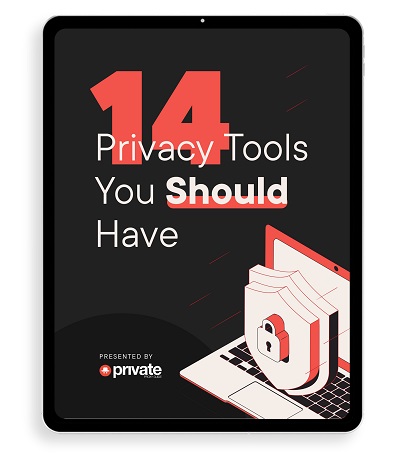Azure Storage Service Encryption (SSE) is a critical feature that helps secure your data at rest within Azure. Data at rest refers to any data stored in a persistent storage medium like disks or cloud-based storage solutions. With SSE, you can ensure that your sensitive data is encrypted, providing an added layer of protection against unauthorized access.
What is Azure Storage Service Encryption?
Azure Storage Service Encryption automatically encrypts your data when it is written to Azure storage and decrypts it when you access it. The encryption is transparent, meaning that applications and services accessing your data do not need to handle encryption manually. SSE is enabled by default for all Azure Storage accounts, ensuring that your data remains secure without requiring extra effort.
How Azure Storage Service Encryption Works
Azure SSE uses strong encryption algorithms such as AES-256 to protect data at rest. When you upload your data to Azure Storage, SSE automatically encrypts it. This happens without your interaction, and the encryption is seamless. The encryption keys are managed by Microsoft Azure and are rotated periodically.
The encryption process happens at the storage layer, which means that no specific configuration is required on your part. The data is encrypted before it is written to the storage account and remains encrypted when retrieved, ensuring that only authorized users or systems can access the data in its unencrypted form.
Steps to Enable Storage Service Encryption
Although SSE is enabled by default for most Azure Storage accounts, you may want to verify or configure encryption settings manually. The steps are as follows:
- Open the Azure Portal and navigate to your Storage Account.
- Under the “Settings” section, find “Encryption” and click on it.
- Ensure that the “Storage Service Encryption” is enabled. If it is not, toggle it to enable.
- Choose the encryption method you prefer, including either Microsoft-managed keys or your own keys stored in Azure Key Vault.
Using Customer-Managed Keys (CMK)
Azure allows you to use customer-managed keys (CMK) for encryption instead of Microsoft-managed keys. This provides greater control over the encryption process and key management. You can store and manage your encryption keys securely using Azure Key Vault.
Setting Up CMK with Azure Storage Encryption
To enable encryption with customer-managed keys, follow these steps:
- Go to Azure Key Vault and create a new key.
- Ensure that the key has proper access policies set for your Azure Storage account.
- Navigate to your Storage Account, and under the “Encryption” settings, select “Customer-managed keys”.
- Link the Key Vault key by selecting the appropriate Key Vault and key version.
- Save the settings, and Azure will begin using your key for data encryption.
Automatic Key Rotation
Azure Storage Service Encryption automatically manages the rotation of encryption keys when using Microsoft-managed keys. However, when using customer-managed keys, you are responsible for rotating the keys to maintain optimal security.
Azure supports automatic key rotation with Key Vault policies, which can be configured to rotate your keys at predefined intervals. This helps mitigate the risks associated with long-term key usage.
Security Benefits of SSE
Encryption of data at rest offers several security benefits, such as:
- Protects sensitive information from unauthorized access.
- Ensures compliance with industry standards and regulatory requirements.
- Reduces the risk of data breaches by encrypting data at all stages.
- Enhances data integrity and confidentiality by using strong encryption standards.
Monitoring and Auditing SSE
Azure provides a range of tools to monitor and audit the encryption status of your storage accounts. You can use Azure Security Center and Azure Monitor to track encryption activity and ensure that your data remains protected. Additionally, audit logs can help you detect unauthorized access attempts or encryption issues.
Enabling Auditing for SSE
To enable auditing for SSE, follow these steps:
- Go to the Azure Portal and open the Security Center.
- Enable “Security recommendations” and configure the “Audit logs” for your storage accounts.
- Review logs regularly for potential threats or configuration issues.
We earn commissions using affiliate links.










![Squid Proxies Review: Proxy Service for Businesses [year] Squid Proxies review](https://www.privateproxyguide.com/wp-content/uploads/2017/11/squid-proxies-150x150.jpg)
![Storm Proxies Review: Reliable Proxy Service for [year]? Storm Proxies Review 2021](https://www.privateproxyguide.com/wp-content/uploads/2018/10/01-storm-proxies-homepage-150x150.jpg)
